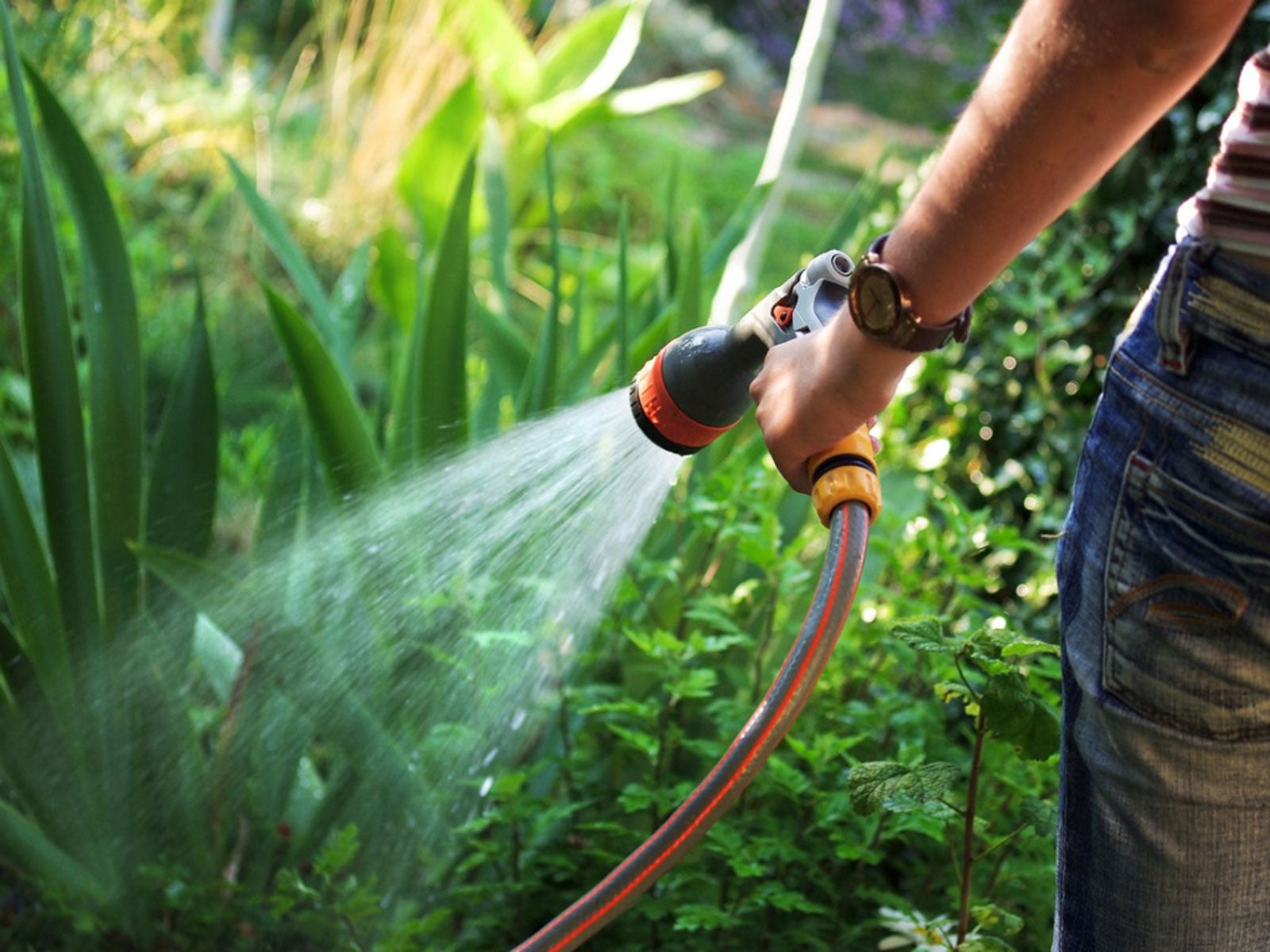July Gardening Tasks – Tending A Great Plains Garden In July


July in the Northern Rockies and Great Plains is always unpredictable. Mid-summer weather is comfortably warm, but you may experience periods of extreme heat one day and chilly weather the next. Keeping things watered in Great Plains gardens is challenging, thanks to wind and low relative humidity.
In spite of the obstacles, July in the Northern Rockies is glorious, and there’s still plenty of time to enjoy the great outdoors and to take care of a few July gardening tasks before the weather turns cold in autumn. Here is your regional to-do list.
July Gardening Tasks for Northern Rockies and Great Plains Gardens
- Water shrubs and trees during extended dry periods. Newly planted shrubs and trees should be watered regularly until the roots are well established.
- Mulch beds to conserve moisture and keep weeds in check. Replenish mulch that has deteriorated or blown away.
- Continue to deadhead flowers to extend the blooming period. Deadheading will make your garden look neater and healthier.
- Continue to pull or hoe weeds, as they will rob other plants of water, light, and nutrients. Weeds also harbor insect pests and may promote disease. Make an effort to get rid of weeds before they go to seed. Pulling weeds is an arduous task, but watering first will make the job easier.
- Check for pests at least once every week, and take steps to keep them in check before the problem gets worse. A strong stream of water may be enough to knock off an infestation of aphids or spider mites. If that doesn’t work, insecticidal soap spray is usually effective. Avoid chemicals whenever possible, as the toxins kill bees and other beneficial insects. If pesticides are warranted, use them strictly according to label recommendations.
- Continue to fertilize regularly, particularly when vegetables are beginning to mature. Use water-soluble fertilizer every couple of weeks to keep annuals bright and happy.
- Harvest vegetables as they ripen, and don’t let them become overly mature, as they rapidly lose quality. In general, early morning is the best time to harvest.
- Take advantage of good deals at garden sales to replace annuals that didn’t make it or to fill empty spots in beds. Planting in the evening or on cool, overcast days will help annuals get settled in.
- Raise mower height to at least 3 inches (7.6 cm.). Longer leaf blades will protect the roots from the summer heat and will help your lawn retain moisture. A taller lawn will look full, green, and healthy.
Sign up for the Gardening Know How newsletter today and receive a free copy of our e-book "How to Grow Delicious Tomatoes".

A Credentialed Garden Writer, Mary H. Dyer was with Gardening Know How in the very beginning, publishing articles as early as 2007.